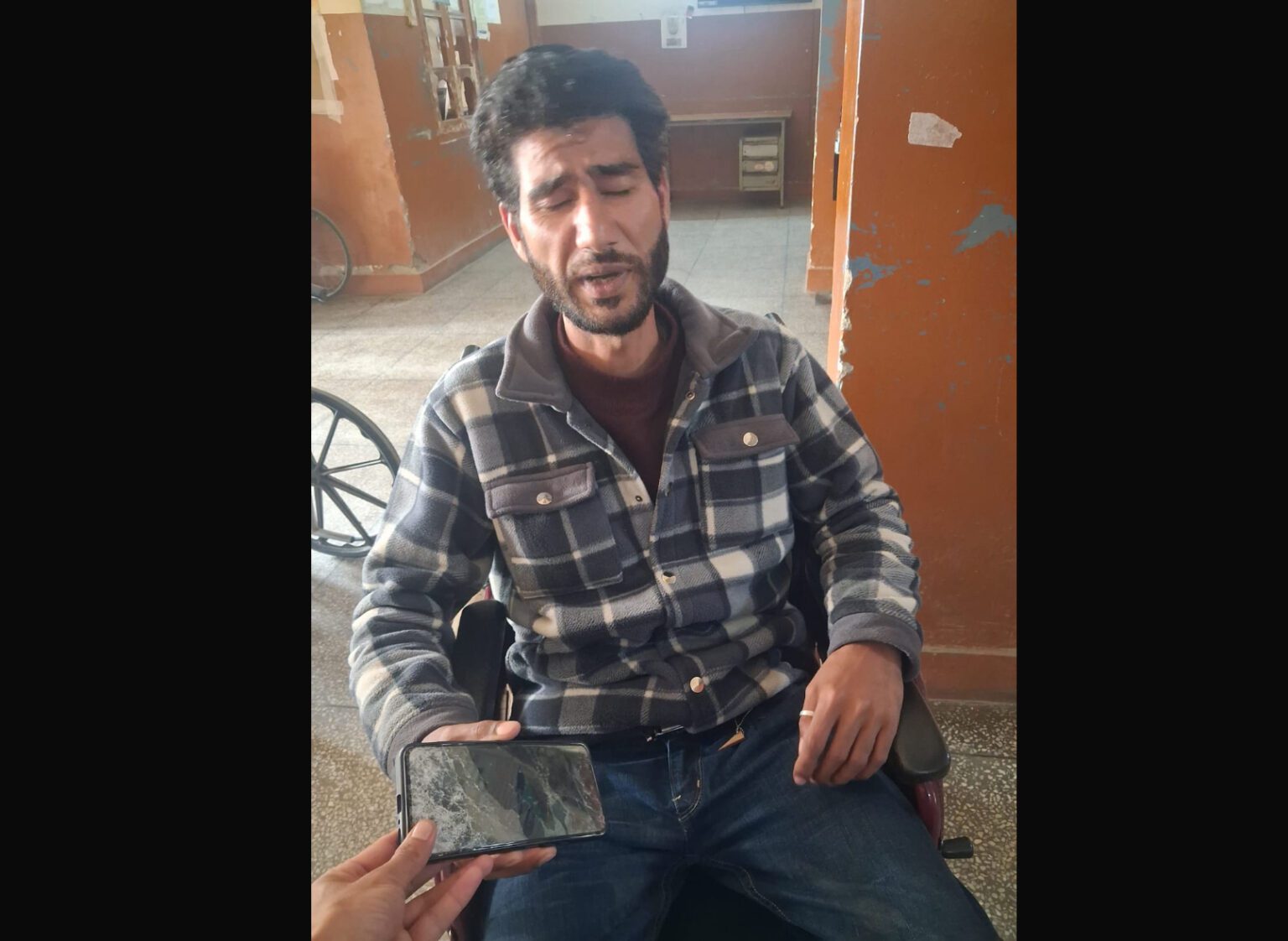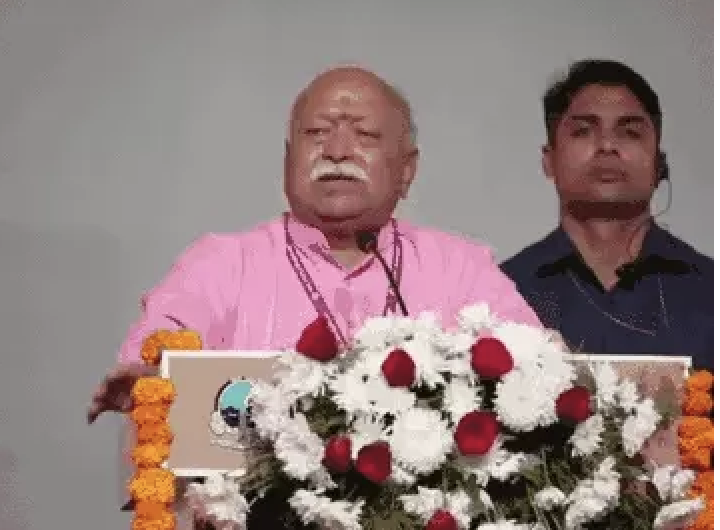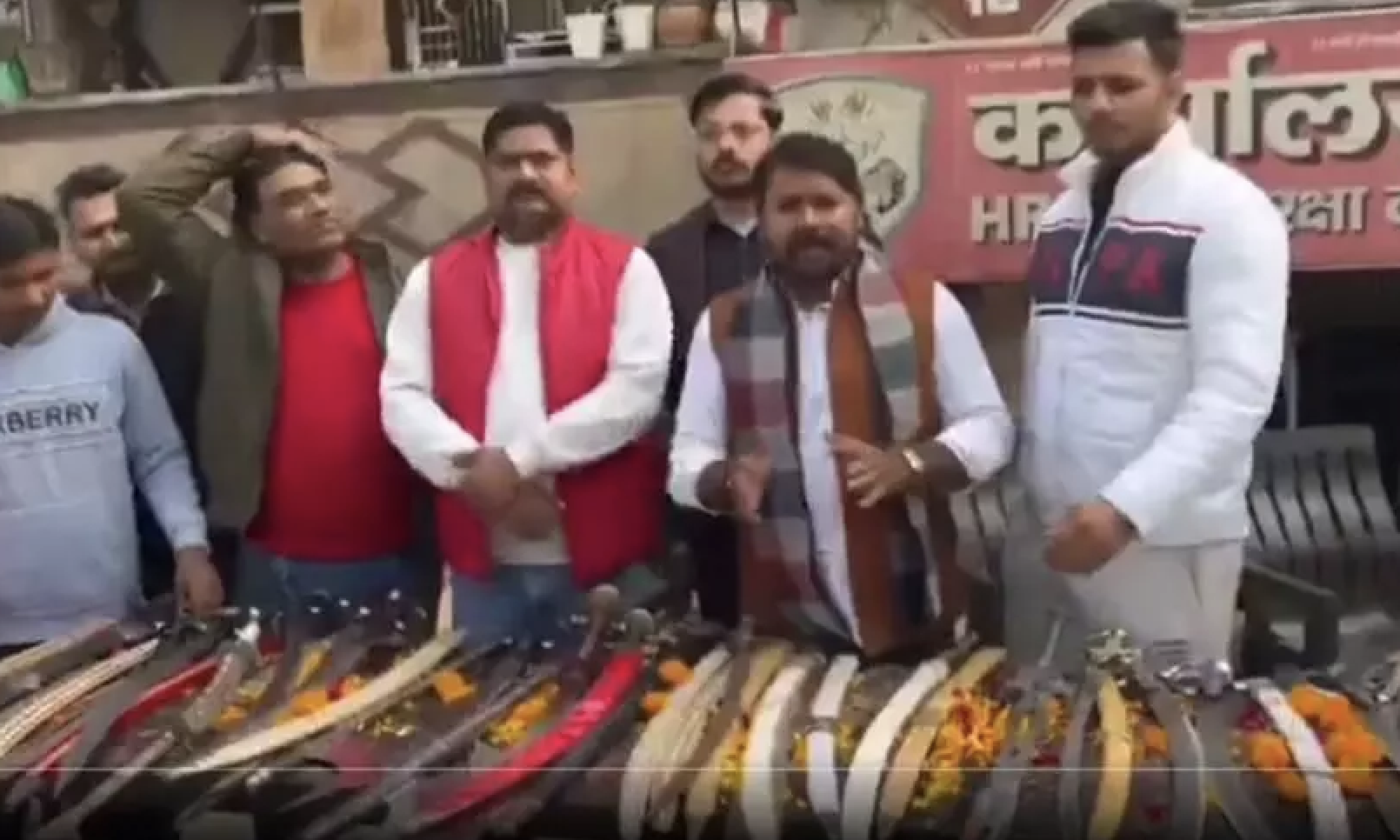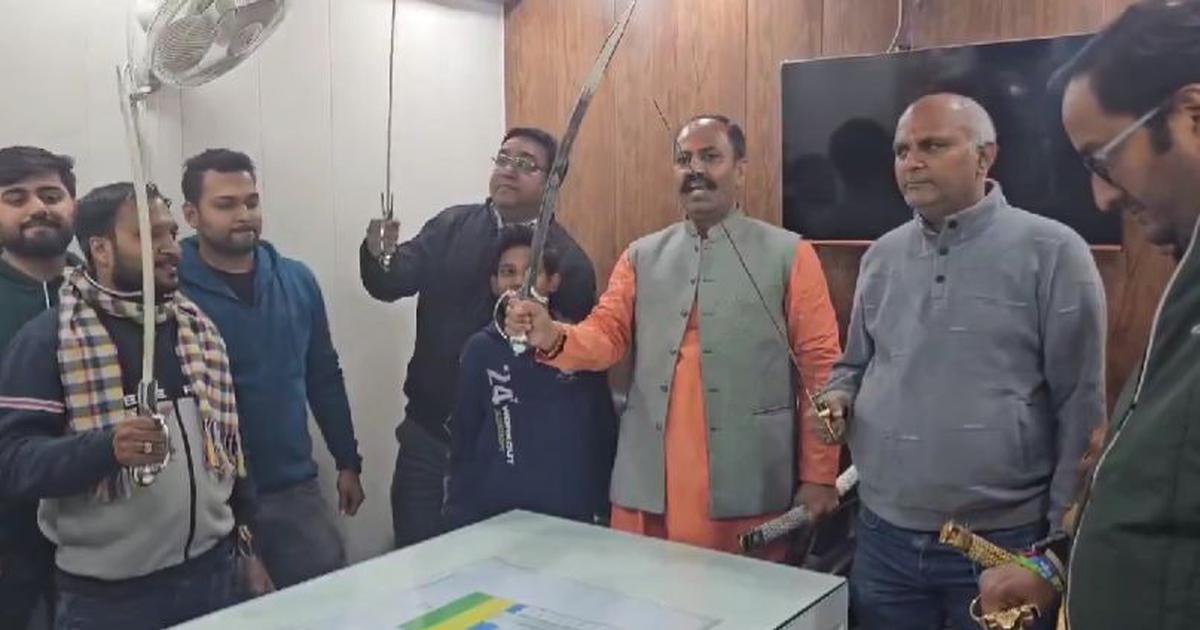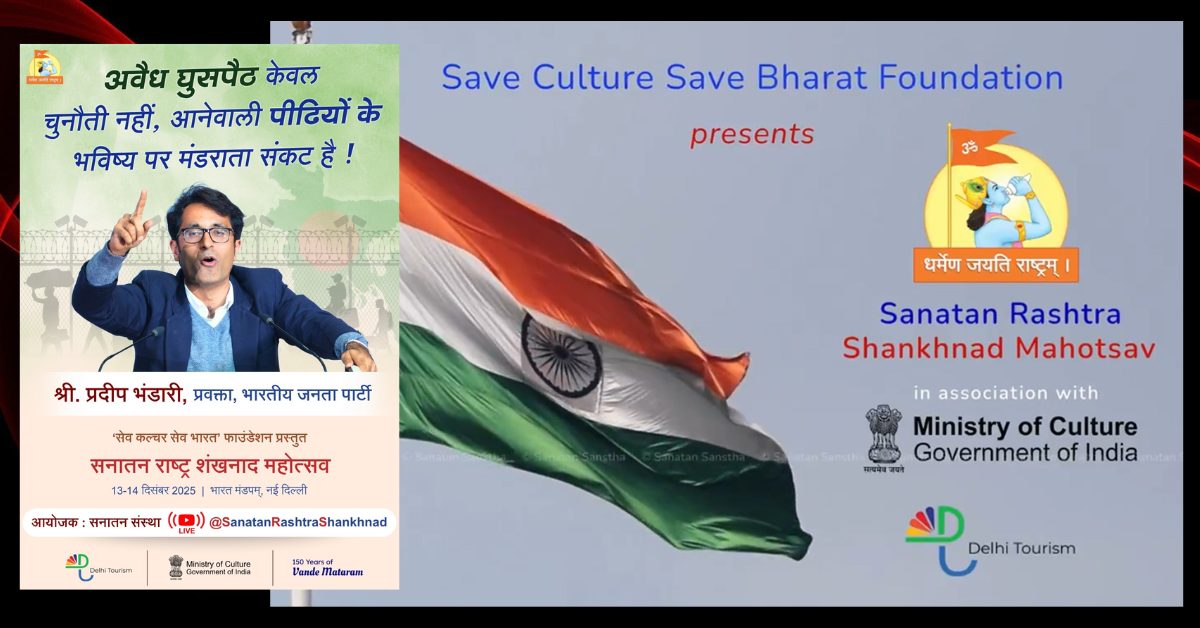By Team
Introduction
Genocide is not a sudden event. Genocide Watch views genocide as a non-linear process that develops in ten often overlapping stages that are predictable but not inevitable. In India, all the early warning signs of genocide against Muslims are present. The of threat of genocide must be addressed quickly and proactively.
Genocide Watch’s ten stages framework for recognizing the warning signs of genocide prescribes preventive measures to be taken at each stage. This blog series underscores the fact that genocide in India is not inevitable. Genocide can and must be prevented. Genocide Watch calls for immediate preventive action by the Indian federal and state governments, international organizations, Indian civil society organizations, and India’s allies.
In a ten-part blog series, we will explain the ten unfolding stages of genocide observable in India. We will provide actionable recommendations to prevent genocide in India.
Part 1 of this series will provide the historical context for genocidal violence against Muslims in India. It analyzes how the first stage of Genocide, Classification, is unfolding in India.
Historical Context
Religious, ethnic, and caste violence in India today must be situated in the historical context of Moghul conquest, British colonial rule, and Hindu religious nationalism. Hindu-Muslim relations in India are still fractured by the schisms that led to genocidal massacres during partition in 1947.
This story was originally published in genocidewatch.com. Read the full story here.


